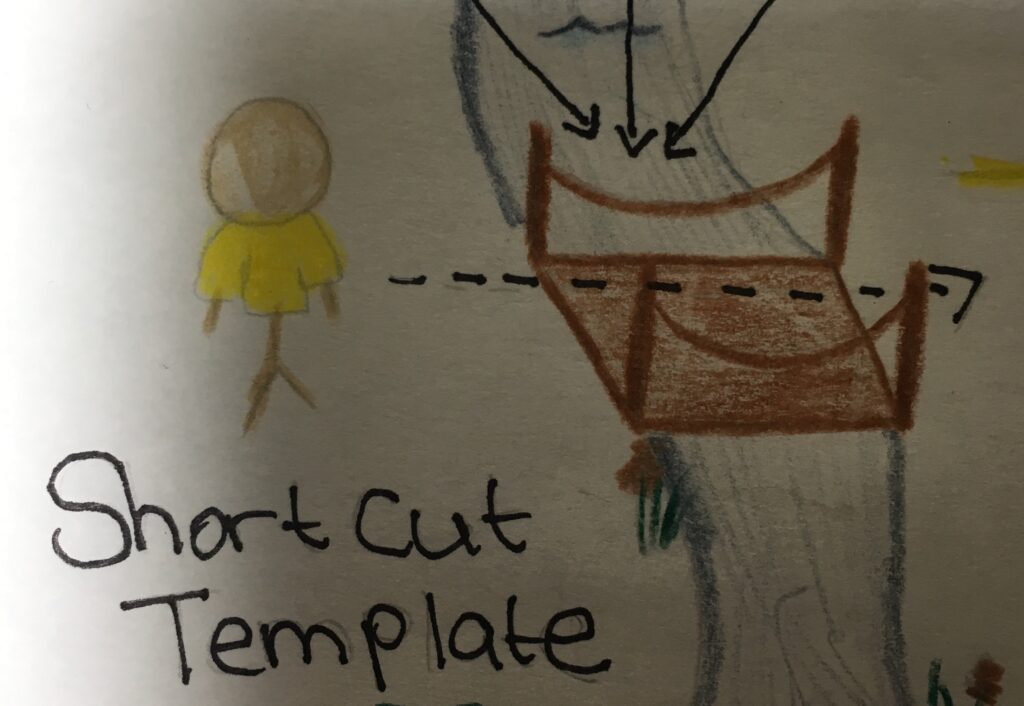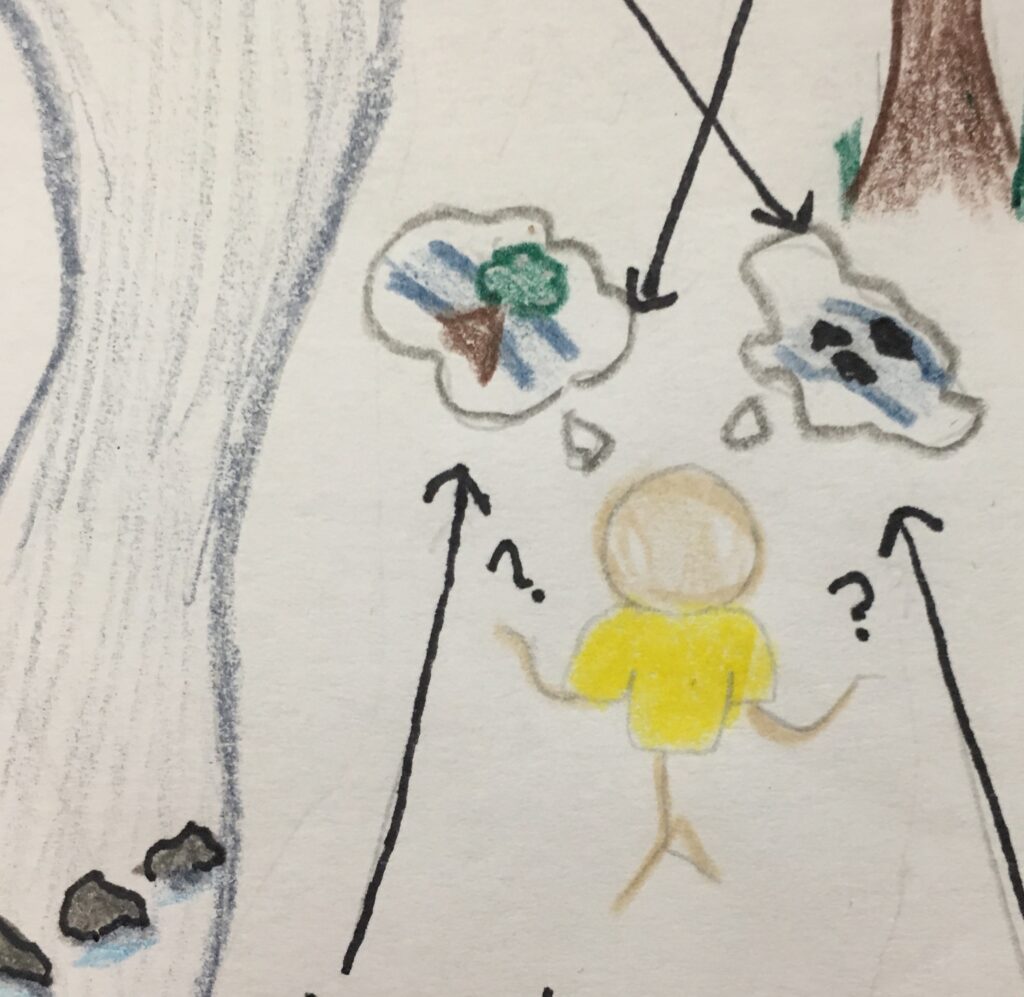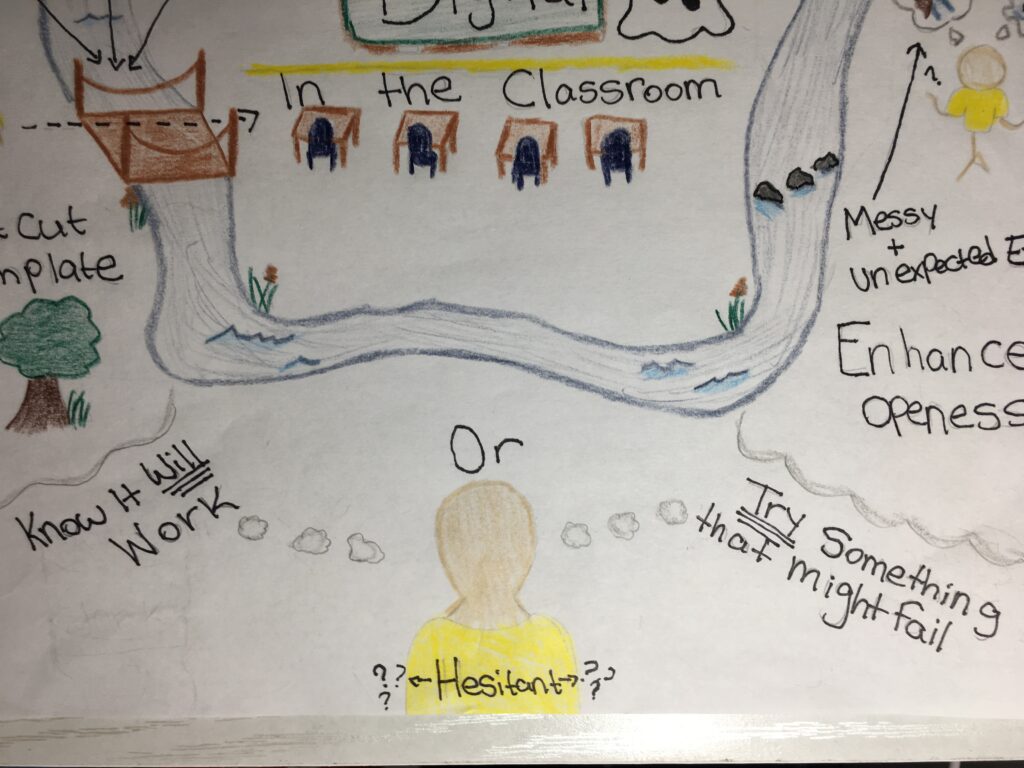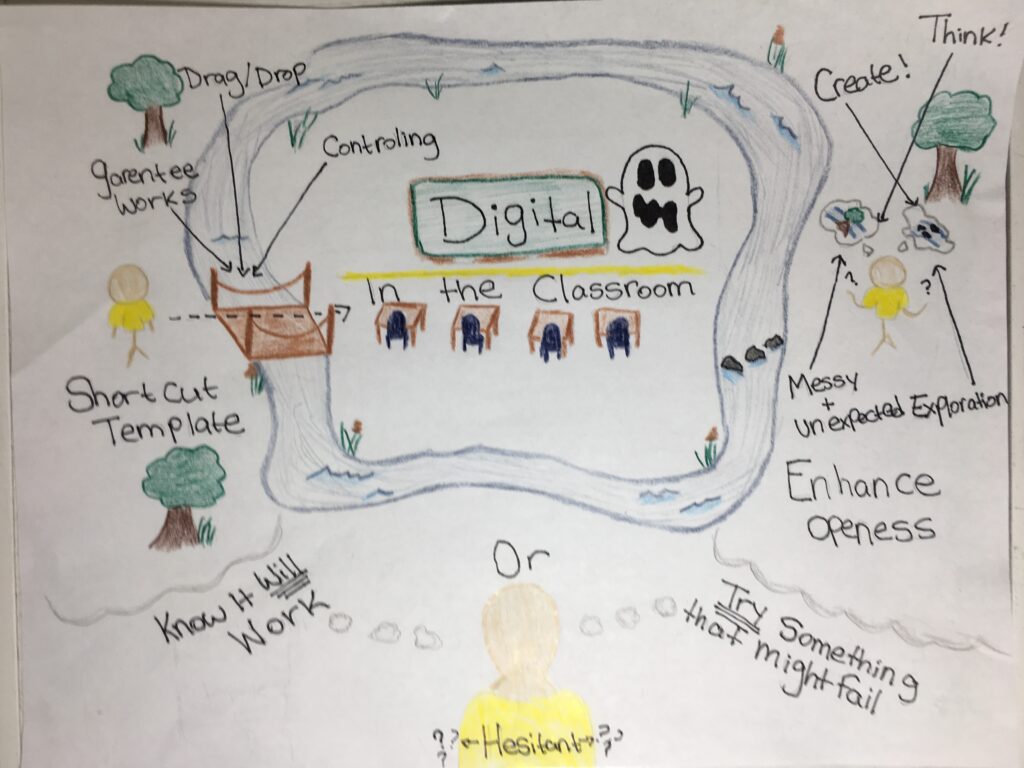We are now in 2020, the age of technology and now more than ever we see teachers trying to integrate it into their classrooms. The key word here is ‘trying’. Not all teachers feel the same about technology, lots do not know how they can use it to better their classrooms. Through this blog post we will take a look into the ”Technologist Module” (https://extend.ecampusontario.ca/technologist-overview/ ) from e-campus Ontario and hopefully open your eyes to navigate the world of technology.
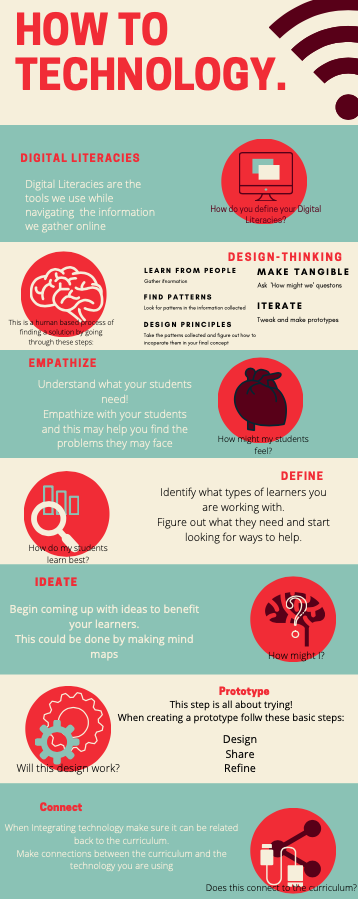
First we look at Digital Literacies. These are tools we use to “locate, use, summarize, evaluate, create, and communicate information” when we are using technology. Digital literacies can mean different things to different people. This is important for the teacher to assess before looking for technological tools. It is important to know what you view as a digital literacy before you teach your students.

Next up is Design Thinking.Design Thinking is all about using resources to make a plan to follow through. There are five key steps to design thinking and these are all human based. First you should start with ‘Learn From People’, ask the people related to your study and collect that information. Next is ‘Find Patterns’, this is looking into the information collected and see if you can gather it into some sort of pattern. Then ‘Design Principles’, this step is figuring out how your information collected can be used in your final piece. Then ‘Make Tangible’, where you start asking ‘how might we’ questions and begin figuring out what you can do to help. Last we have ‘Iterate’, where you should start looking for a solution. This will most lily involve multiple tries. After following these steps you should finally have a solution.


When you are looking for a tech tool it is extremely important to empathize with your learners. I know from experience that using technology as a student can be very frustrating and it sometimes can feel that you teacher just does not understand. If you empathize and put yourself in the student and think about how they might feel, it may make the integration of technology easier for your classroom. I believe that no matter what you are doing it is important to think about how your students may feel.

I think that when planning anything as a teacher it is good to define what kind of students you are working with. In this step you need to analyze how your students learn. Once you know how they learn you will be bale to easily find things that might be a problem with the tool you wish to use. As teacher we always want our students to be successful and tis step is a great way of finding a good fit for your learners.
After you have a better understand of your students you need to figure out how you may use this tool in your classroom. The module suggests using mind maps to organize your ideas. I think mind maps can be very useful tools when you are dealing with so much information. By making these mind maps you may find ideas that you want to try out, which leads to the next step.


Prototype is where I think a lot of the learning happens. This is all about making things and trying them. I firmly believe that you learn best by making mistakes and revising works and that is what the prototype section was all about. It mentioned getting feedback to grow, and I think that feedback is also important for our students.
When working with technology it needs a purpose. Yes technology can be the new shiny thing everyone wants to use in their classrooms but if it does not make any connections to the curriculum is it even useful? When looking at a technological tool it is important that you can make connections to the curriculum. I am one of the people who think ‘if I can do it in person why do I need to involve technology’, however I think that if a tool makes those connections it gives it a bigger purpose.

Technology can be seen as such a powerful tool, but it can also seem so overwhelming. Hopefully by reading through this blog post you are more confident in looking for ways to integrate technology in your classrooms.


